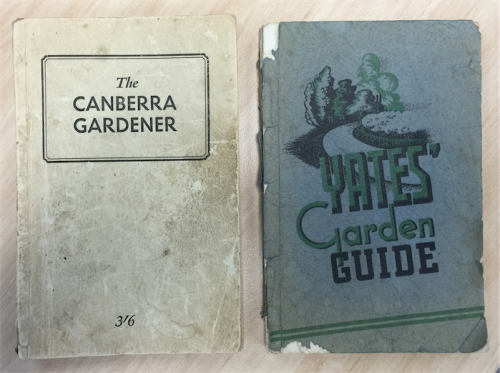
Hillier’s “Manual of Trees and Shrubs”, which I consider my bible, lists 130 varieties of crabapples.
One of the most spectacular crabs is Malus ioensis plena. This is one of a North American species, classed as the most beautiful flowering crabapple with its semi-double soft pink fragrant flowers. In 1940, the Royal Horticultural Society awarded it the Award of Merit.
Another stunningly beautiful crabapple is M. floribunda, whose crimson buds open to white or pale pink flowers. Introduced into Western gardens in 1862 from Japan, it is one of the earliest to flower with small red and yellow fruit.
M “GORGEOUS” is the one for making crabapple jelly. A small, densely rounded tree with pink buds opening to single, white flowers. The large crimson to orange-red fruit appears in late autumn.
For a stunning display of fruit you cannot go past M. “Golden Hornet”. The single, white flowers are followed by a profusion of bright yellow fruit that stays on the tree until late autumn/early winter. It was also given the Award of Merit in 1949.
WHILE the rose is a superlative plant, not all roses deserve the praise that is often attributed to them, say the well-known Tesselaar’s Nursery notes. Anthony Tesselaar says that while new roses are released every year, this does not necessarily mean they are better. For example, he considers Rosa “Mr. Lincoln”, first released about 40 years ago, with its dark-red, velvety flowers and enticing scent as the best red, romantic rose and still available today. Incidentally, now’s the time to get on with planting new roses before their full flush of new spring growth. Also it’s time to complete pruning all bush roses without delay.

The Yates book had at least seven impressions with 170,000 copies printed. Much of the advice in both books is applicable today.
The current “Canberra Gardener” is the 10th edition, published in 2010. It still contains the best advice for newcomers moving here or those just starting their first garden and is still a best seller, available from most bookshops.
WHILE on the subject of books, I saw a copy of the newly revised “The Organic Gardener’s Handbook of Natural Pest and Disease Control” at the Botanic Gardens’ bookshop. With the latest and safest organic solutions, it’s highly recommended as a complete guide to maintaining a healthy garden and yard the earth-friendly way.
Jottings…
- It’s safe to plant out potted perennials appearing in garden centres as the weather warms.
- Water and liquid feed regularly spring bulbs in pots with warming days.
- Finish mulching the whole garden in the next couple of weeks.
- Now is an ideal time to plant out potted herbs. Instead of a dedicated herb garden plant amongst the general shrubbery to discourage pests.
- Look out for Yates’ new “Nature’s Way” certified organic citrus and ornamental shrub spray, pyrethrum based with canola oil.
Who can be trusted?
In a world of spin and confusion, there’s never been a more important time to support independent journalism in Canberra.
If you trust our work online and want to enforce the power of independent voices, I invite you to make a small contribution.
Every dollar of support is invested back into our journalism to help keep citynews.com.au strong and free.
Thank you,
Ian Meikle, editor




Leave a Reply